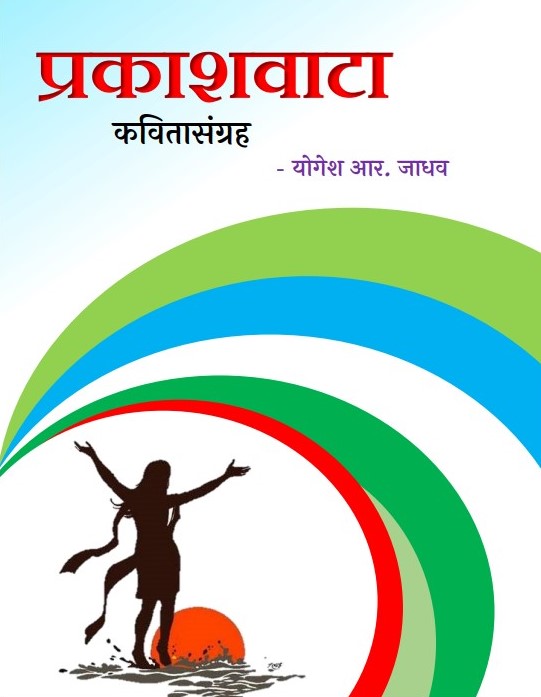टोल फ्री नंबर
A toll-free telephone number or freephone number is a telephone number that is billed for all arriving calls instead of incurring charges to the originating telephone subscriber. For the calling party, a call to a toll-free number from a landline is free of charge.
A toll-free, Freecall, Freephone, 0120, 800, 0800, 888, 877, 866, 855, 844, 833 number is identified by a dialing prefix similar to a geographic area code. The specific service access numbers vary by country.
History
The features of toll-free services have evolved as telephone networks have moved from electro-mechanical call switching to fully computerized stored program controlled networks.
Originally, a call billed to the called party had to be placed through a telephone company operator as a collect call, often long-distance. The operator had to secure acceptance of the charges at the remote number, or even transfer that decision to a long-distance operator, before manually completing the call.
A few large businesses and government offices received large numbers of collect calls, which proved time-consuming for operators and the callers.
Manual toll-free systems
Prior to the development of automated toll-free service many telephone companies provided a manual version of caller free service. Examples of operator-assisted toll-free calling include the Zenith number introduced in the 1950s in the U.S. and Canada, as well as the original manual 'Freephone' service introduced by the British Post Office in 1960.
Both systems were similar in concept. The calling party would ring the operator (now '100' in the UK, '0' in Canada/U.S.) and ask for a specific free number. In the U.S., the caller would ask for a number like "Zenith 1‑2345" (some areas used "Enterprise" or "WX" instead of "Zenith", but in the same pattern of a free service name and a five-digit number). In the UK, the caller would ask the operator to ring "Freephone" and a name or number (such as "Freephone Crimebusters" to pass on tips about a crime to the constabulary).
In either case, the operator would look up the corresponding geographic number from a list and place the call with charges reversed.
A Zenith number was typically available from a predefined area, anything from a few nearby cities to a province or state, and was listed in local directories in each community from which the subscriber was willing to accept the charges for inbound calls.
Until the introduction of InWATS toll-free service by the Bell System on May 2, 1967 and the Linkline (later "Freefone") 0800 services by British Telecom on 12 November 1985, manually ringing the operator was the standard means to place a toll-free call. More than a few established manual "Freephone" or "Zenith" numbers remained in use for many years after competing automated systems (0800 in UK, 1‑800 in U.S.) were deployed in parallel for new toll-free numbers.
Initial direct-dial systems
An automated toll-free service was introduced by AT&T in 1966 (US intrastate) and 1967 (US interstate) as an alternative to operator-assisted collect calling and manual "Zenith" or "Enterprise" numbers. This Inward Wide Area Telephone Service (InWATS) allowed calls to be made directly from anywhere in a predefined area by dialling the prefix 1‑800- and a seven-digit number.
The system initially provided no support for Automatic Number Identification and no itemised record of calls, instead requiring subscribers to obtain expensive fixed-rate lines which included some number of hours of inbound calling from a "band" of one or several U.S. states or Canadian provinces. Early InWATS 800 calling lacked the complex routing features offered with modern toll-free service. After competitive carriers were allowed to compete with AT&T in establishing toll-free service, the three digit exchange following the 800 prefix was linked to a specific destination carrier and area code; the number itself corresponded to specific telephone switching offices and trunk groups. All calls went to one central destination; there was no means to place a toll-free call to another country.
Despite its limitations (and the relatively high cost of long distance in that era), the system was adequate for the needs of large volume users such as hotel chains, airlines and hire car firms which used it to build a truly national presence.
For small regional businesses who received few long-distance calls, the original InWATS was prohibitively expensive. As a fixed-rate bulk service requiring special trunks, it was suited only to large volume users.
Modern direct-dial systems
Modern toll-free service became possible when telephone companies replaced their electro-mechanical switching systems with computerized switching systems. This allowed toll-free calls to be routed based on instructions located in central databases.
In the United States, AT&T engineer Roy P. Weber from Bridgewater, New Jersey patented a 'Data Base Communication Call Processing Method' which was deployed by AT&T in 1982. The called number was an index into a database, allowing a 'Toll-Free Call' or '800 Call' to be directed anywhere. This feature and other advances that made it possible were what led to AT&T marketing analyst Dodge Cepeda from Bedminster, New Jersey to propose the introduction of providing 800 Toll-Free Service to small and medium-size business customers on a nationwide basis. Once this service was implemented, it became possible for the very smallest of business operations to have potential customers contact them free of charge at a time when long-distance calling was expensive. Until this time, 800 Service was only available to major Fortune 500 companies.
In the United Kingdom, BT introduced "Linkline" on 12 November 1985. No more need to manually ring the operator, two new prefixes 0800 (an automated toll-free service which became "Freefone") and 0345 (a shared-cost service marketed as "Lo-Call" because initially its rates resembled those of local calls) could be reached by direct dial.Cable and Wireless used 0500 and 0645, in much the same way, just a few years later.







टिप्पण्या